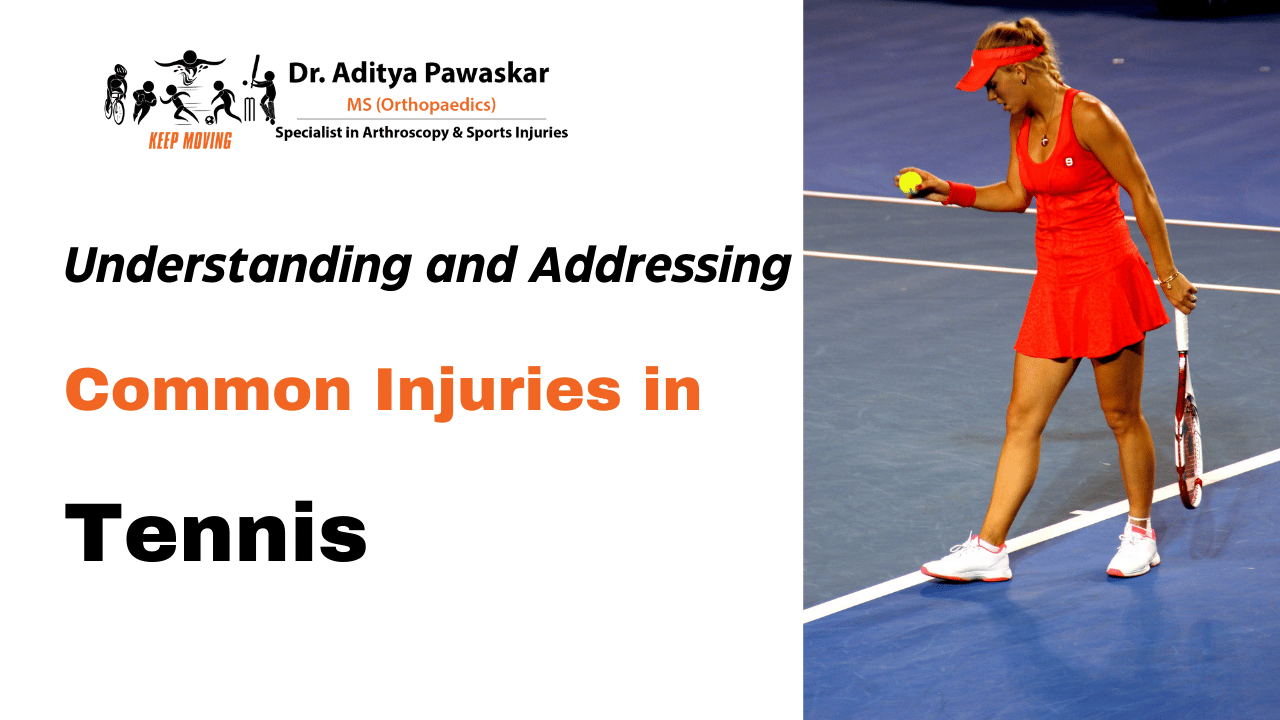
Introduction
Tennis is a thrilling sport that demands speed and precision. However, like any physically demanding activity, it comes with its own challenges, including the risk of injuries. Understanding common tennis injuries and knowing how to address them is crucial for staying healthy and enjoying the game to the fullest.

Let us get to know some of the most prevalent tennis injuries, their causes, symptoms, prevention strategies, and treatment options.
Tennis Elbow
Tennis elbow occurs due to repetitive motion and overuse of the forearm muscles, leading to inflammation and pain around the outside of the elbow. Players often experience discomfort when gripping or lifting objects.

Causes
- Improper technique
- Using a racquet that's too heavy
- Playing with a grip that's too small or too large
- Playing on hard surfaces without adequate shock absorption
Symptoms
- Tenderness and pain on the outside of the elbow
- Weakened grip strength
- Discomfort when performing wrist movements
Prevention
- Ensure proper technique and grip size
- Use equipment suited to your skill level
- Warm up adequately before playing
- Incorporate strength training exercises for the forearm muscles
Treatment
- Rest
- Ice packs
- Physical therapy
- Modifying equipment or playing style to reduce strain on the elbow

Shoulder Injuries
Tennis involves a lot of overhead movements, putting significant strain on the shoulders and increasing the risk of injuries such as rotator cuff tears, shoulder impingement, and tendonitis.
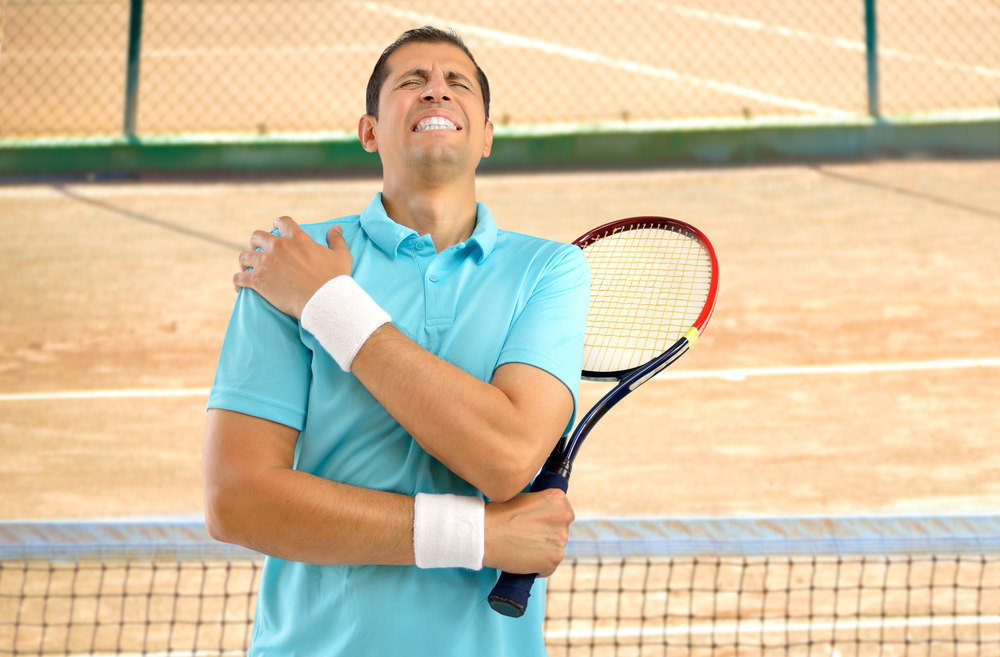
Causes
- Poor serving technique
- Repetitive overhead strokes
- Lack of shoulder flexibility or strength
- Sudden jerky movements
Symptoms
- Pain
- Stiffness
- Weakness
- Restricted range of motion in the shoulder joint
Prevention
- Focus on proper serving mechanics
- Incorporate shoulder-strengthening exercises into your fitness routine
- Stretch regularly to maintain flexibility
- Avoid overexertion
Treatment
- Rest
- Ice therapy
- Physical therapy to improve shoulder stability and range of motion
- In severe cases, surgical intervention may be necessary
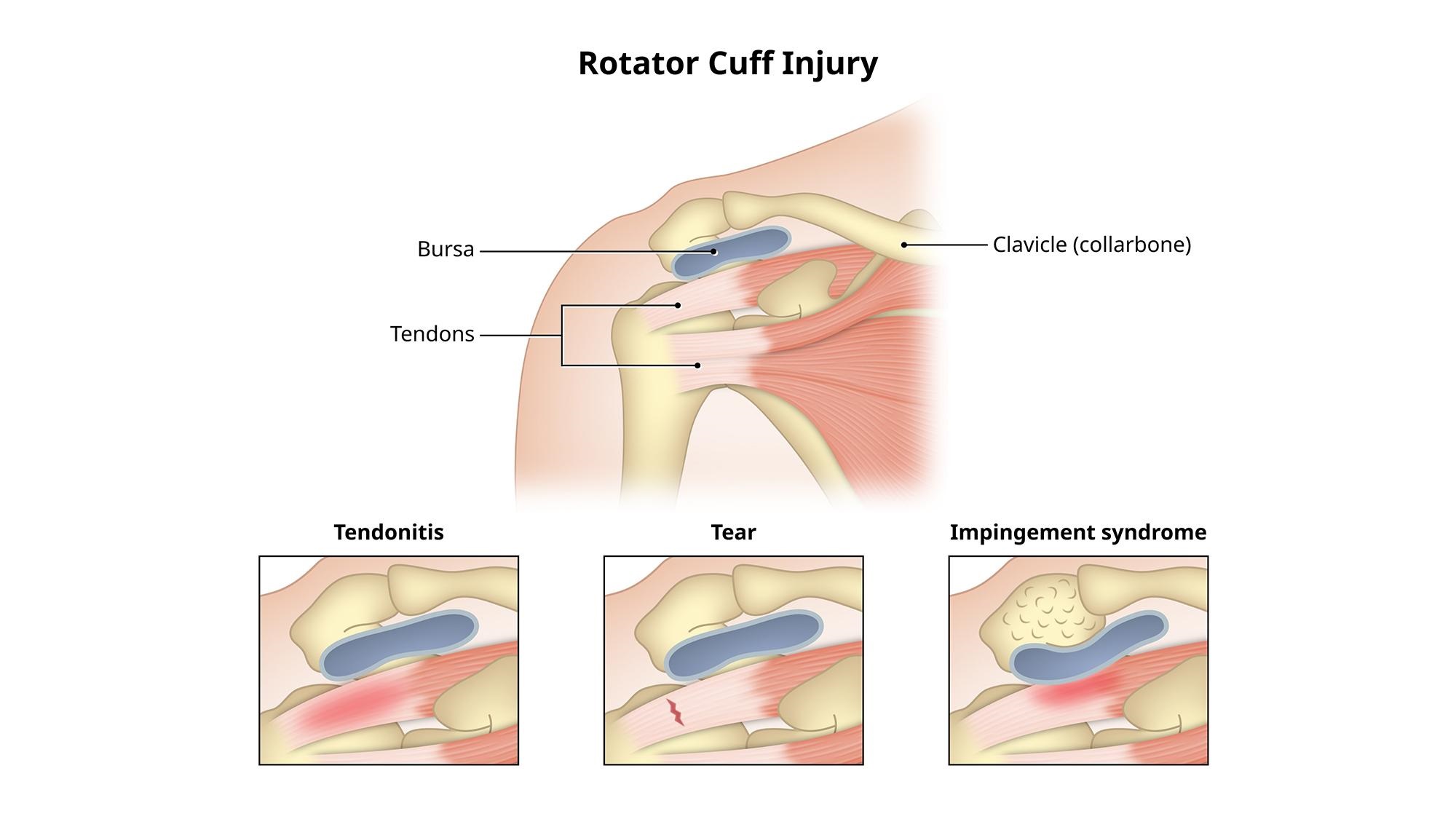
Knee Injuries
The constant sideways movement and quick directional changes in tennis can strain the knees, leading to injuries like patellar tendonitis (also known as jumper's knee) or meniscus tears.
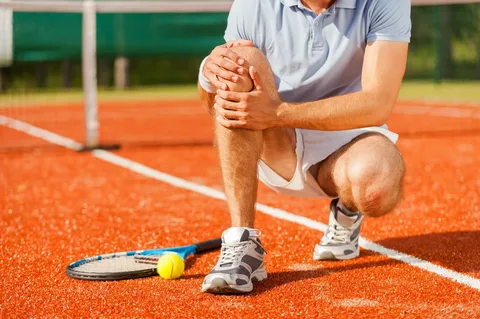
Causes
- Repetitive jumping
- Sudden stops and starts
- Improper footwork
- Playing on hard surfaces without adequate cushioning
Symptoms
- Pain
- Swelling
- Instability
- Difficulty bearing weight on the affected knee
Prevention
- Use proper footwear designed for tennis
- Strengthen the muscles around the knees and hips
- Warm up thoroughly before playing
- Avoid overloading the knees with excessive training or playing time
Treatment
- Rest
- Ice packs
- Compression
- Elevation (RICE protocol)
- Physical therapy to strengthen the knee muscles and improve stability
- In severe cases, surgery may be needed to repair damaged tissues.
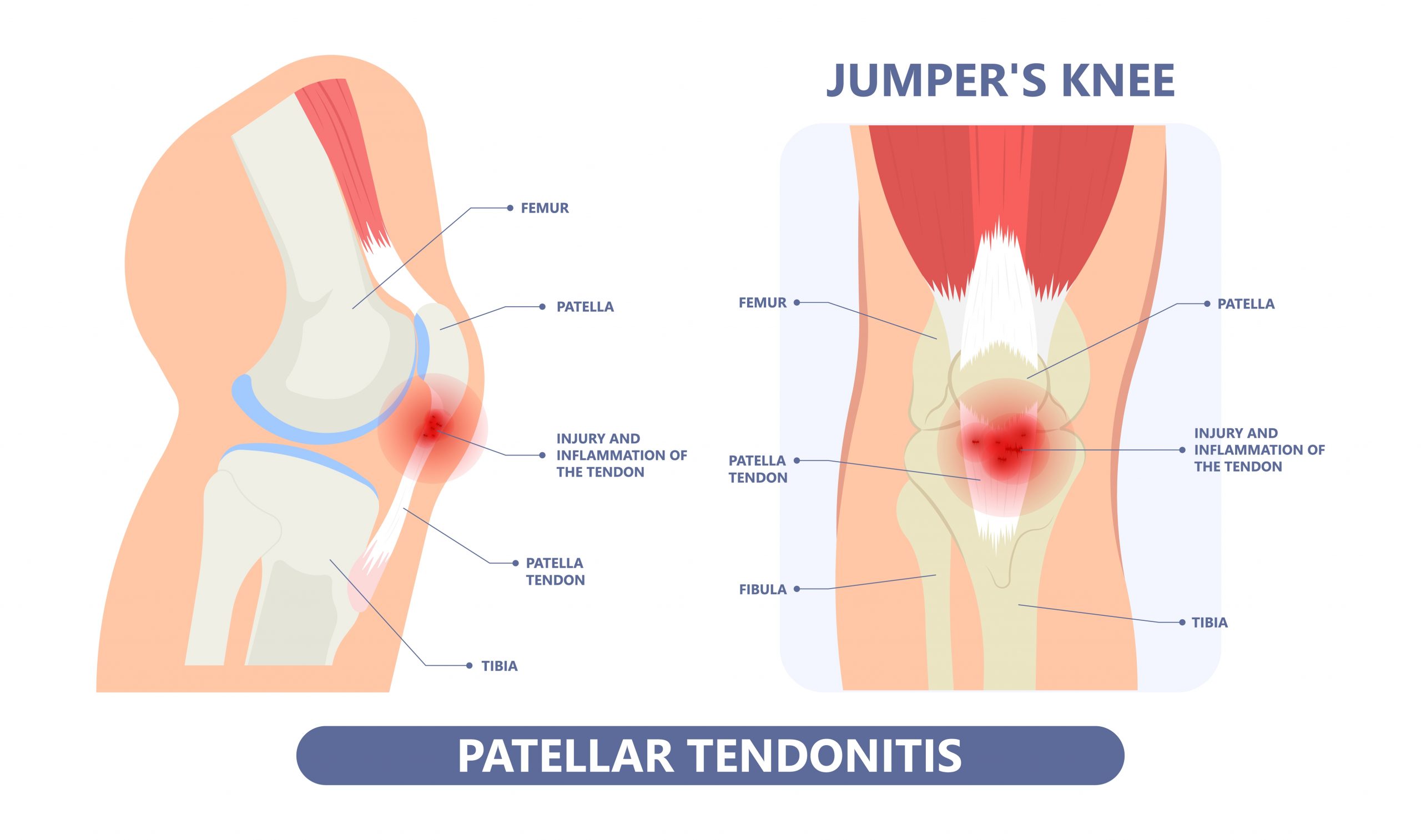
Ankle Sprains
Quick changes in direction, pivoting, and sudden accelerations common in tennis can increase the risk of ankle sprains, where ligaments are stretched or torn due to excessive force.
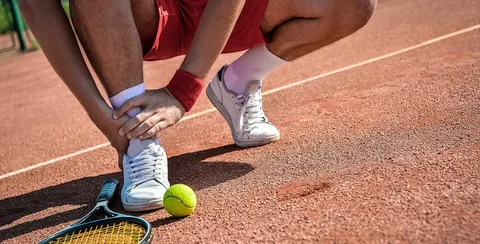
Causes
- Sudden twisting or rolling of the ankle
- Uneven court surfaces
- Inadequate footwear support
- Fatigue
Symptoms
- Pain
- Swelling
- Bruising
- Instability
- Difficulty bearing weight on the affected ankle
Prevention
- Wear proper tennis shoes with good ankle support
- Strengthen ankle muscles through targeted exercises
- Use braces or tape for added stability if needed
- Practice proper footwork techniques
Treatment
- Rest and Ice
- Compression and Elevation
- Gentle stretching and strengthening exercises
- In severe cases, medical intervention to repair torn ligaments may be necessary.

Back Injuries
The repetitive motion of serving, swinging, and bending in tennis can strain the back muscles and structures, leading to injuries such as muscle strains, herniated discs, or spinal misalignments.

Causes
- Poor posture
- Overexertion
- Inadequate warm-up
- Improper technique
Symptoms
- Pain and Stiffness
- Muscle spasms
- Limited mobility
- Radiating pain into the legs in cases of nerve involvement
Prevention
- Maintain good posture
- Strengthen core muscles
- Warm up before matches or practice sessions
- Use proper lifting techniques
Treatment
- Rest
- Ice or heat therapy
- Gentle stretching and strengthening exercises for the back muscles and core
- Physical therapy, etc.
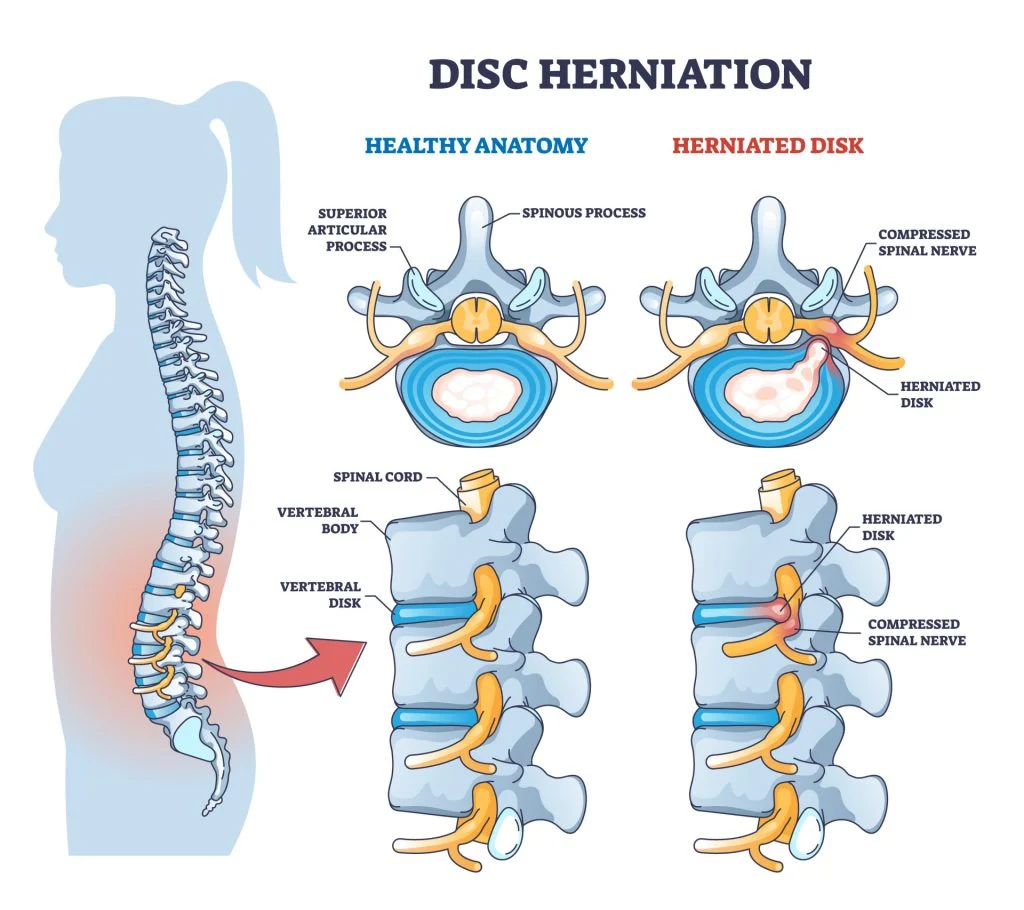
Conclusion:
In conclusion, it's evident that tennis injuries, though prevalent, are largely preventable with a proactive approach. Consulting with Dr. Aditya Pawaskar, a distinguished sports medicine specialist based in Mumbai, can greatly enhance injury prevention strategies. Players at all skill levels must prioritize fundamental aspects such as proper technique, thorough warm-up and cool-down routines, suitable equipment, and overall physical fitness. By adhering to these principles, players can significantly reduce the likelihood of injuries and sustain their enjoyment of the sport safely over the long term.

The Best Sports Injury Specialist In Mumbai
- Dr. Aditya Pawaskar is one of the best Arthroscopic Surgeon & Sports Medicine Doctor in Mumbai for treating ailments related to Arthroscopy & Sports Injury in Mumbai. Dr. Aditya Pawaskar provides high-class treatment and personalized care to patients.